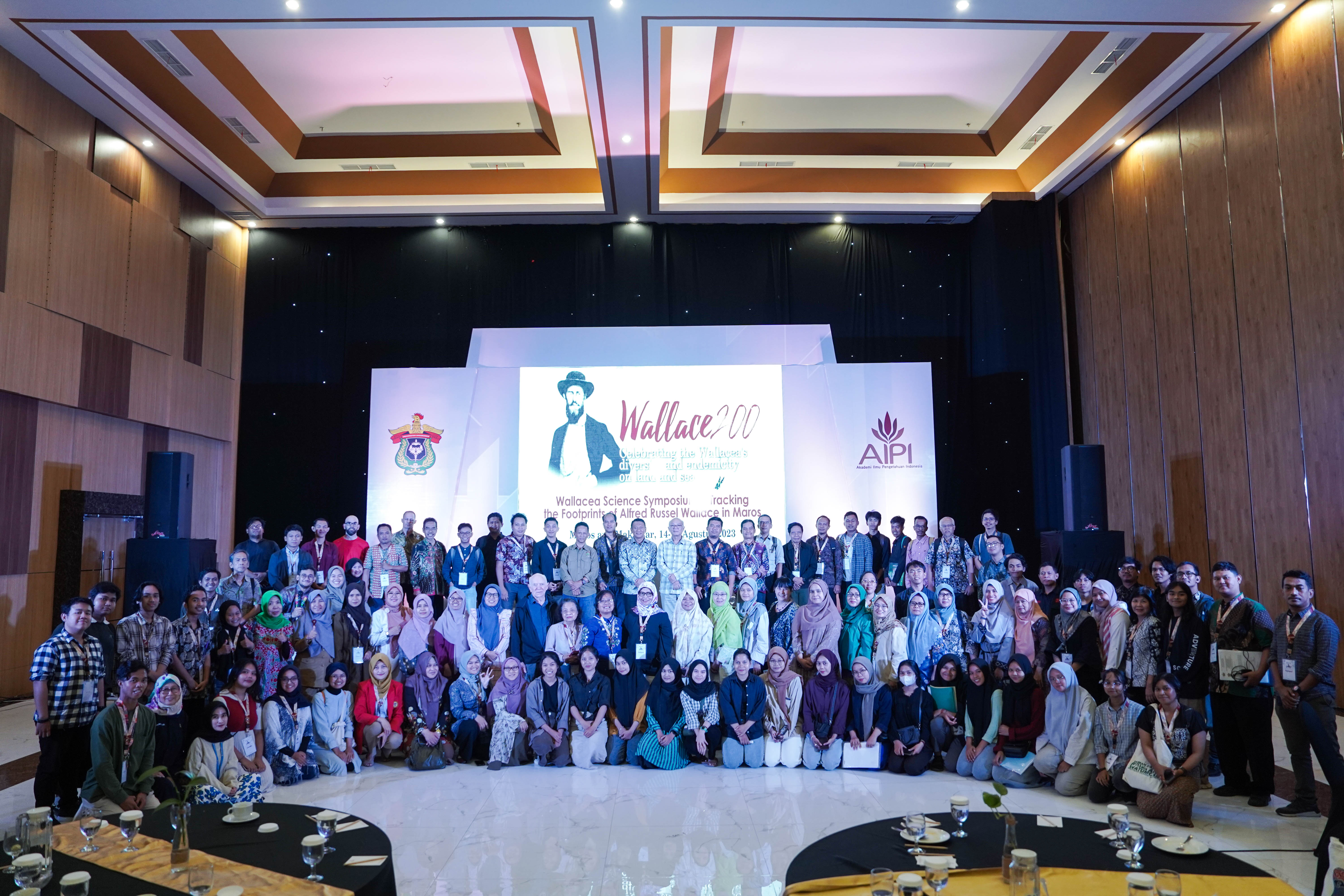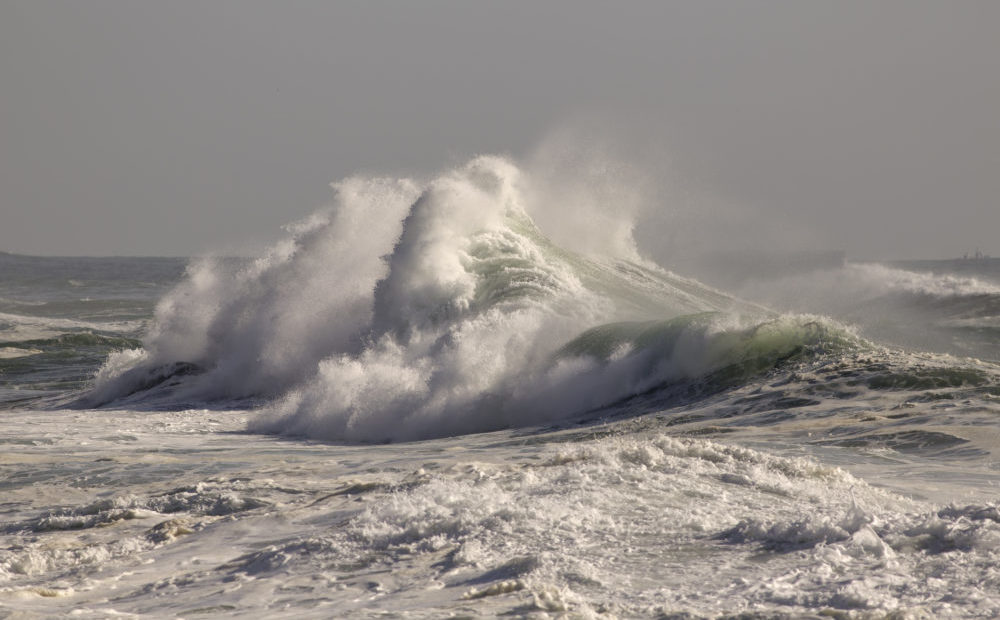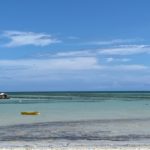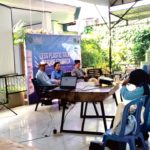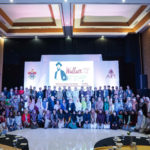Indonesia is a global hotspot of coastal biodiversity, a sprawling archipelago including more than 17,000 tropical islands. Yet the nation’s growing population and demand for resources is placing increasing pressure on coastal habitats from mangroves to mud flats, coral reefs and seagrass meadows. While overfishing threatens pelagic populations of tuna and other large species, coastal waters are threatened from all sides by development projects, pollution, prop scarring, illegal fishing using bombs or poison, and the overexploitation of their more easily accessible resources. In South Sulawesi’s Selayar Archipelago, as across much of the country, it’s the men who head out on fishing expeditions, often for weeks at a time, leaving the island’s coastal seagrass meadows primarily in the hands of their wives and daughters, both as custodians and collectors of everything from crabs and snails to sea cucumbers. Empowering women with the skills to sustainably manage and utilise the resources of these critically carbon-rich and biodiverse habitats is an essential step towards truly comprehensive conservation of Indonesia’s uniquely rich seas.
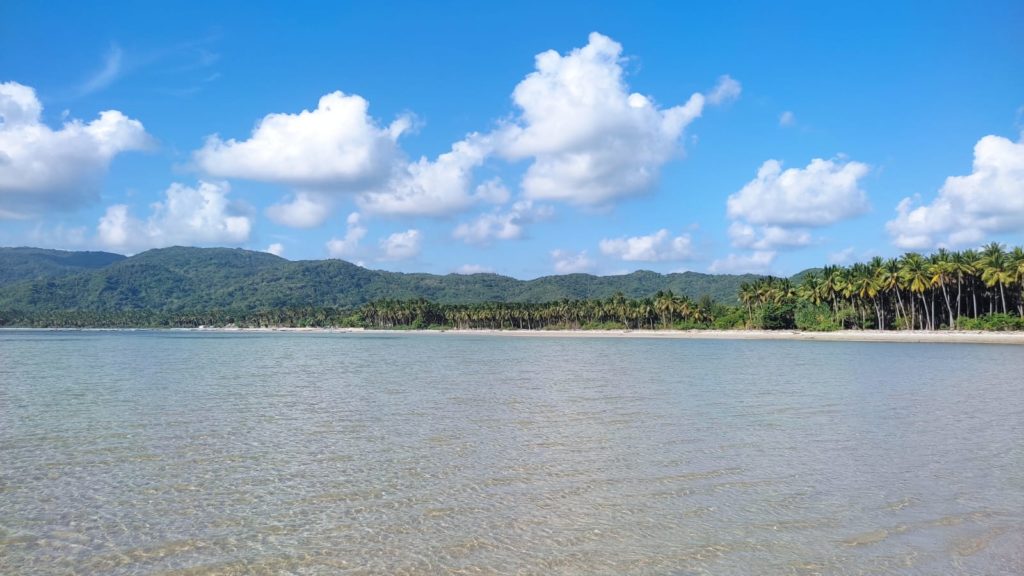
Selayar Islands, one of the largest archipelago in Indonesia
Seagrass meadows are a frequently overlooked marine habitat, occupying a relatively narrow area between the land and the sea. While at first glance they may seem unremarkable, they are in fact a biodiversity hotspot, providing nurseries for up to 20% of the world’s most important commercial fish species, as well as countless other sea grass specialists such as rays, sea horses, crustaceans, molluscs, and other invertebrates. They also play a crucial role in maintaining the water quality necessary for healthy growth in adjacent coral reefs, indirectly supporting some of our planet’s most vibrant ecosystems, and absorb so much atmospheric carbon per square metre that they are often referred to as ‘blue forests.’ Much like the mangrove forests they are often found near, the secret to sea grass’ staggering productivity lies in the constant fluctuations of high and low tide which define their ecology, providing niches and opportunities for myriad different species within every 24-hour cycle. Though found only in shallow, well-let, coastal waters, it’s when the tide is at its lowest when foragers from Selayar’s coastal villages descend to harvest the sea grass’ riches, everything from crabs and lobsters to seaweed, and, of course, sea cucumbers.
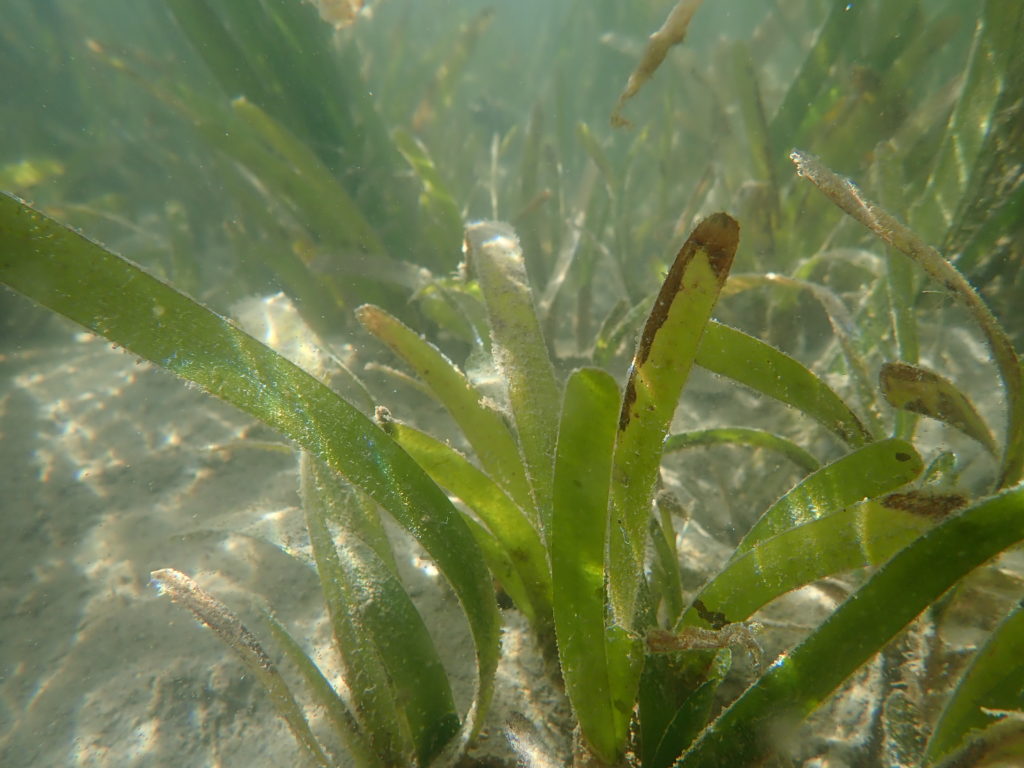
Seagrass in Selayar, dominated by Enhalus acoroides
They may be a rather unassuming species to look at, but sea cucumbers are among the most important residents of any tropical seagrass meadow. They are typically the largest permanent residents, and the largest contributor of faunal biomass by weight, playing a vital role in the cycling of nutrients and oxygenation of sediments through their regular habit of burrowing, both of which support healthy growth of the sea grass itself. Not only that, but many species fetch a high price on international markets, utilised for everything from food and medicine to various cosmetic ingredients. Unfortunately, this also means they are frequently overexploited, a pattern which exhausts local populations and ultimately undermines the integrity of the seagrass ecosystems they help to shape. Maintaining viable sea cucumber populations in their natural habitats is therefore an important part of wider efforts to conserve seagrass, and an opportunity to engage local communities in stewardship of these unique marine meadows.

Black sea cucumber (Holothuria atra) found in Selayar coastal area
As part of the Darwin Initiative, the Centre for Sustainable Energy and Resources Management at Indonesia’s National University is piloting sustainable sea cucumber ranching in Selayar’s seagrass meadows, part of the Takabonerate-Kepulauan Selayar Biosphere Reserve, bridging the gap between local interests and global concerns via an innovative approach to producing one of the world’s most sought-after seafood specialities – white sandfish (Holothuria scabra). Our field teams are conducting ongoing and comprehensive habitat assessments to identify ideal locations for developing this semi-wild approach to aquaculture, in which sea cucumbers are released into coastal seagrass meadows, monitored and managed by local residents, before being harvested for sale and processing. By ensuring a stable population of these important invertebrates in their natural habitat, this project not only protects an endangered species and the ecosystem which they help sustain, but will also provide significant income for Selayar’s women at a time when overfishing and population pressures leave households dependent entirely on fishing increasingly vulnerable.

Sandfish (Holothuria scabra) reared in PT SPK, Lombok
Meeting the needs of all the stakeholders in this project involves innovation at every stage, from modifying established methodologies to suit the specific hydrological and ecological conditions of Selayar’s coastline to building partnerships with the private sector and government institutions. We have been working with a well-established sea cucumber producer to develop a grow-out and buy-back model to ensure fair and predictable income for participants, as well as with local development agencies and the Marine and Fisheries Ministry to ensure the necessary support for integrating blue carbon sea cucumber ranching into the regional economic system. The intention is to develop a bottom-up framework for sustainable utilisation of seagrass meadows with support at every level, and in-built incentives to ensure that the value of these vital blue carbon sinks is recognised for the benefits it brings to local residents as well as the global community.
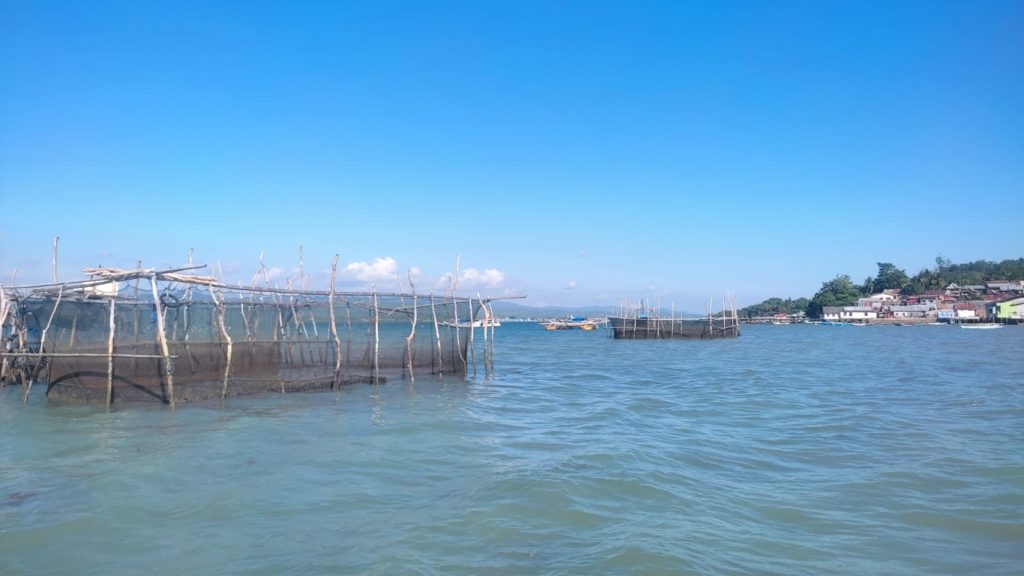
Pen culture in Selayar
Darwin Initiative funding has been instrumental in our ongoing efforts to realise a new model of coastal conservation for Indonesia’s small islands, reconnecting the economic interests of local communities with the health of the ecosystems on which they depend.
Writer: Christopher Kelly
Editor: Qurratu Ainin
Images courtesy: CSERM UNAS
This article is part of the project ‘Developing Sustainable Near-shore Sea Cucumber Aquaculture on Selayar Island, Indonesia’ (Project ID: 30-025).

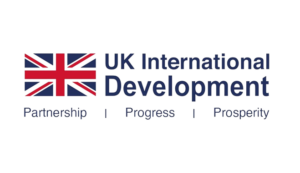
Funded by the UK Government through Darwin Initiative

